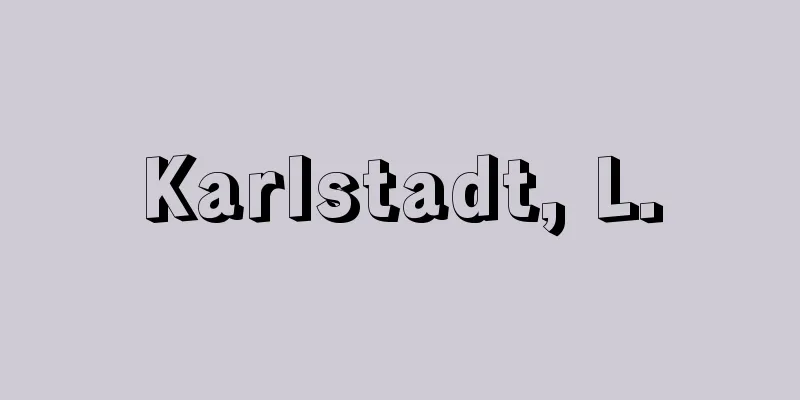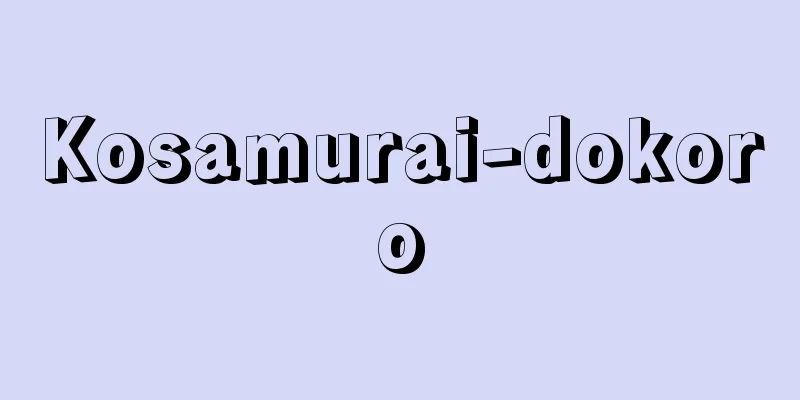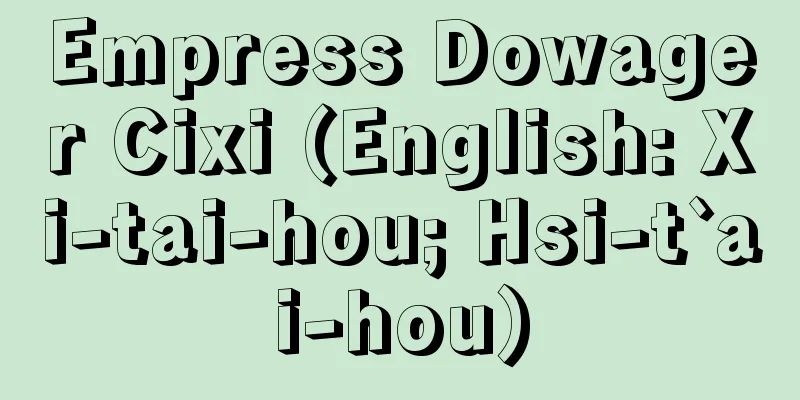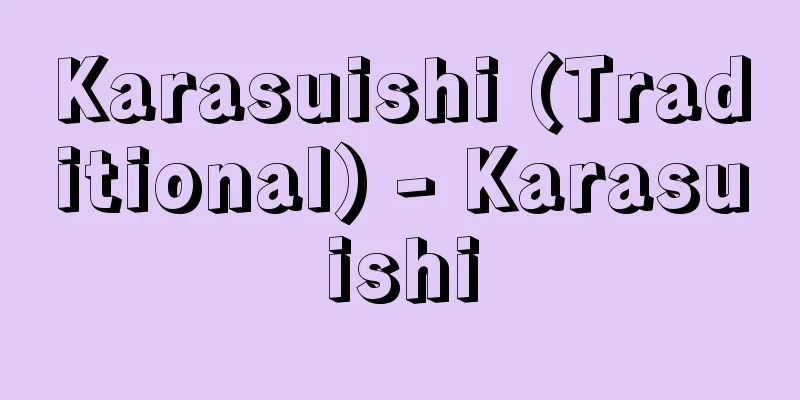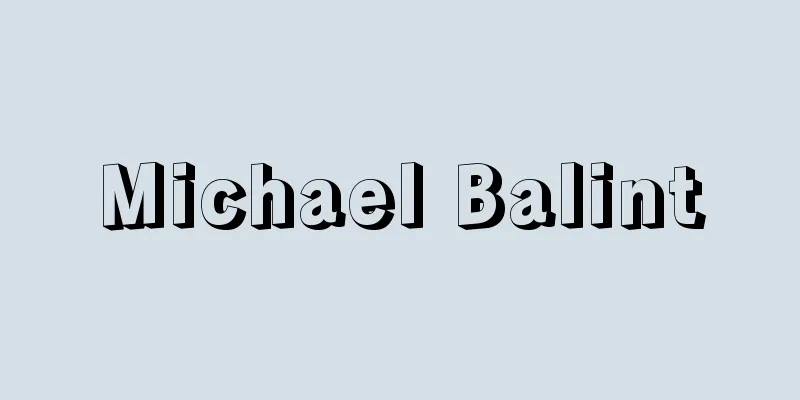Moyamoya disease
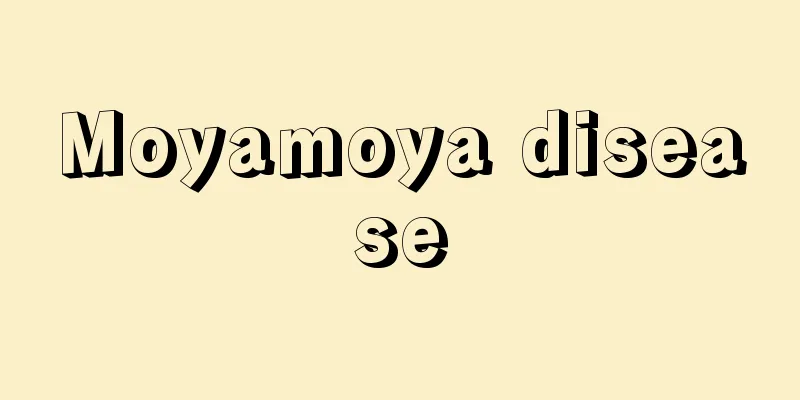
|
What kind of disease is it? ●Main symptoms and progression It is also called occlusion of the circle of Willis. It is a type of cerebrovascular disorder in which stenosis or blockage is seen on both sides of the first part of the carotid artery where it enters the skull. In order to resolve the lack of blood flow deep in the brain, countless new mesh-like abnormal blood vessels are created. This name was given to it because the abnormal blood vessels appear hazy when cerebral angiography is performed. In children, when they cry loudly or blow on hot food and hyperventilate, they may experience speech disorders, weakness in the arms and legs, convulsions, impaired vision, headaches, and impaired consciousness. In adults, this can cause intracerebral hemorrhage, resulting in hemiplegia and impaired consciousness. It can also cause subarachnoid hemorrhage. ● Cause of the disease and how symptoms develop It is a disease of unknown cause and has been designated as an intractable disease by the Ministry of Health, Labor and Welfare. In children, it is a type of cerebral ischemic attack caused by insufficient blood flow to the brain. Repeated attacks can leave aftereffects such as motor disorders, speech disorders, and intellectual disabilities. In adults, it can cause sudden headaches and vomiting, as well as intracerebral and subarachnoid hemorrhages. ●Characteristics of the disease This disease is common among Japanese people and was discovered in Japan. It is rarely seen in Europe and the United States. There are childhood onset cases that peak in those under 10 years old, and adult onset cases that peak in those in their 30s. EBM checks on common treatments and care ■ In case of bleeding [Treatment and care] Perform craniotomy to remove the hematoma [Evaluation] ☆☆ [Evaluation Points] To date, there have been no definitive clinical studies that have shown that the benefits of craniotomy to remove cerebral hematomas outweigh the harmful effects of surgery in patients with Moyamoya disease. Craniotomy to remove hematomas is performed with the aim of saving a patient's life or reducing brain dysfunction. (1)(2) [Treatment and care] Perform direct revascularization [Rating] ☆☆☆☆ [Evaluation points] High-quality studies have shown that direct revascularization reduces all subsequent complications and rebleeding compared with medical treatment alone for patients with hemorrhagic moyamoya disease. However, the difference is small, so the choice should be made after considering the pros and cons. (3) ■ In cases of ischemic attack without bleeding [Treatment and care] Use antiplatelet drugs [Evaluation] ☆☆ [Evaluation Points] Antiplatelet drugs, which prevent blood from clotting, are used as symptomatic treatment for cerebral ischemic attacks, but there are no clinical studies that clearly show their effectiveness. Experts use them empirically. (1) [Treatment and care] Performing endovascular surgery (EDAS) (in children) [Rating] ☆☆ [Treatment and care] Performing EMS (neuromuscular therapy) (for children) [Rating] ☆☆ [Treatment and care] Direct revascularization (in adults) [Rating] ☆☆☆ [Evaluation points] Surgery is performed to ensure blood flow in ischemic areas of the brain where blood flow is poor, and to prevent ischemic attacks. In adults, the most common surgery is direct revascularization, represented by superficial temporal artery-middle cerebral artery anastomosis (STA-MCA anastomosis), while in children, indirect revascularization, such as endovascular dural adhesion (EDAS), in which an artery in the scalp is attached to the dura mater, has also been reported to be effective. (2) Checking commonly used drugs with EBM Antiplatelet drug [Drug name] Bufferin (aspirin/dialuminate combination drug) [Rating] ☆☆ [Drug name] Panaldine (ticlopidine hydrochloride) [Rating] ☆☆ [Evaluation points] Reliable clinical studies have confirmed that it is effective in preventing arteriosclerotic diseases such as cerebral infarction and cerebral thrombosis, but it is not intended for moyamoya disease. Calcium antagonists [Drug name] Perdipine LA (nicardipine hydrochloride sustained-release tablet) (4) [Rating] ☆☆☆ [Drug name] Adalat L (nifedipine sustained-release formulation) [Rating] ☆☆ [Evaluation points] Both drugs are used to prevent cerebral ischemic attacks. The effectiveness of nicardipine hydrochloride sustained-release preparations has been reported in clinical studies. Overall, the most reliable treatment at present <br /> In the case of bleeding during the acute phase, surgical removal of the hematoma To date, there are few treatments for moyamoya disease that have been clearly shown to be effective through reliable clinical research. However, in the case of intracerebral bleeding, it is appropriate to perform surgery to open the skull and remove the hematoma. This is to save the patient's life and minimize brain dysfunction, and is considered a natural treatment based on current medical knowledge. Preventing ischemic attacks with antiplatelet drugs when there is no bleeding Even if there is no bleeding in the brain, ischemic attacks can occur due to reduced blood flow. Antiplatelet drugs, vasodilators, calcium channel blockers, etc. are used to prevent these ischemic attacks. There are currently no reliable clinical studies on the effectiveness of these drugs. Revascularization during the stable symptom stage Surgery is performed as necessary for both children and adults. There are direct and indirect revascularization procedures, and a combination of the two. A high-quality randomized controlled trial in Japan has shown that direct revascularization prevents rebleeding compared with medical treatment for patients with hemorrhagic moyamoya disease. These revascularization procedures aim to promote the creation of new blood vessels by attaching tissue rich in blood flow to the brain surface, thereby compensating for the lack of blood flow in the brain. Regardless of which surgery you choose, the experience and skill of the neurosurgeon is an important deciding factor. The final decision on whether to undergo surgery and which surgery to undergo must be made after receiving sufficient explanation. (1) Research Group on the Diagnosis and Treatment of Moyamoya Disease (Circle of Willis Occlusion). Moyamoya Disease. Rare Disease Information Center. http://www.nanbyou.or.jp/entry/209. Information last updated: February 20, 2015. Source: "EBM: A book that explains correct treatment" Information about the book "EBM: A book that explains correct treatment" |
|
どんな病気でしょうか? ●おもな症状と経過 ウイリス動脈輪閉塞症(どうみゃくりんへいそくしょう)ともいいます。頸動脈(けいどうみゃく)が頭蓋内(とうがいない)に入った最初の部分の左右両側に、狭窄(きょうさく)や閉塞(へいそく)がみられる脳血管障害の一種です。脳深部の血流不足を解消するため、無数の網目状の異常血管が新しくつくられます。脳血管撮影をすると、異常な血管がもやもやと映ることから、この名前がつけられました。 子どもの場合は、大声で泣いたり、熱い食べ物に息を吹きかけたりして、過呼吸になったときに、言語障害や手足に力が入らない脱力発作、けいれん、視力障害、頭痛、意識障害などがおきます。成人の場合は、脳内出血をおこして片麻痺(かたまひ)や意識障害がみられます。また、くも膜下出血(まくかしゅっけつ)をおこすこともあります。 ●病気の原因や症状がおこってくるしくみ 原因不明の病気で、厚生労働省の指定難病に選定されています。子どもの発症は、脳の血液量が足りなくなっておこる脳虚血発作(のうきょけつほっさ)の一つです。発作をくり返すうちに運動障害、言語障害、知能障害などの後遺症が残ることがあります。成人の場合は、突然の頭痛、嘔吐(おうと)に襲われ、脳内出血、くも膜下出血をおこします。 ●病気の特徴 日本人に多い病気で、日本で発見されました。欧米ではほとんどみられません。10歳以下にピークがある小児発症例と、30歳代にピークがある成人発症例があります。 よく行われている治療とケアをEBMでチェック ■出血した場合 [治療とケア]開頭血腫除去術(かいとうけっしゅじょきょじゅつ)を行う [評価]☆☆ [評価のポイント] もやもや病の患者さんに対して、大脳の血腫を取り除く開頭血腫除去術を行った場合、手術の有効性が手術による有害性を上回るという確定的な結果を示した臨床研究は、現在までのところありません。開頭血腫除去術は、救命あるいは脳機能障害を軽減することを目的として行われます。(1)(2) [治療とケア]直接血行再建術を行う [評価]☆☆☆☆ [評価のポイント] 出血型もやもや病の患者さんに対して、直接血行再建術を行うことは、内科的治療のみよりも、その後のすべての合併症や再出血を減らすことが、質の高い研究で示されています。しかし、差はわずかなこともありメリットとデメリットを考えて選択するべきでしょう。(3) ■出血のない虚血発作の場合 [治療とケア]抗血小板薬を用いる [評価]☆☆ [評価のポイント] 脳虚血発作に対する対症療法として、血液を固まりにくくする抗血小板薬が用いられますが、その効果を明確に示した臨床研究は見あたりません。専門家が経験的に用いています。(1) [治療とケア]脳硬膜血管接着術(EDAS)を行う(子どもの場合) [評価]☆☆ [治療とケア]脳筋肉接着術(EMS)を行う(子どもの場合) [評価]☆☆ [治療とケア]直接血行再建術を行う(成人の場合) [評価]☆☆☆ [評価のポイント] 脳の血液の流れが悪くなっている虚血部分の血流を確保し、虚血発作を予防するために、外科手術が行われます。成人の場合よく行われている手術が、浅側頭動脈(せんそくとうどうみゃく)・中大脳動脈吻合術(ちゅうだいのうどうみゃくふんごうじゅつ)(STA-MCA吻合術)を代表とする直接血行再建術、子どもの場合は、頭皮にある動脈を硬膜に接着させる脳硬膜血管接着術(EDAS)などの間接血行再建術も有効であると報告されています。(2) よく使われている薬をEBMでチェック 抗血小板薬 [薬名]バファリン(アスピリン・ダイアルミネート配合剤) [評価]☆☆ [薬名]パナルジン(チクロピジン塩酸塩) [評価]☆☆ [評価のポイント] 動脈硬化性疾患としての脳梗塞や脳血栓を予防する効果があることは信頼性の高い臨床研究で確認されていますが、もやもや病を対象としたものではありません。 カルシウム拮抗薬(きっこうやく) [薬名]ペルジピンLA(塩酸ニカルジピン徐放剤(じょほうざい))(4) [評価]☆☆☆ [薬名]アダラートL(ニフェジピン徐放剤) [評価]☆☆ [評価のポイント] いずれの薬も脳虚血発作を予防する目的で用いられます。塩酸ニカルジピン徐放剤の効果については臨床研究によって報告されています。 総合的に見て現在もっとも確かな治療法 急性期に出血した場合は手術で血腫を除去する もやもや病では、現在までのところ、信頼性の高い臨床研究によって明確に有効性が示された治療はほとんどありません。しかし、脳内出血をおこした場合は、手術で開頭して血腫を除去することが妥当といえます。これは救命ないし脳機能障害を最小限に抑えるためで、現在の医学知識に基づくならば、当然の治療と考えられます。 出血がないときは抗血小板薬などで虚血発作を予防する 脳内の出血はないものの、血流量が低下したために虚血発作をおこすことがあります。この虚血発作を予防する目的で用いられているのが、抗血小板薬や血管拡張薬、カルシウム拮抗薬などです。これらの薬の有効性についてはいまのところ、信頼性の高い臨床研究は見あたりません。 症状安定期に血行再建術を行う 子どもでも成人でも、必要に応じて手術が実施されます。直接と間接の血行再建術があり、それを組み合わせる方法もあります。出血型もやもや病の患者さんに対し、直接血行再建術が内科的治療と比べて再出血を予防することは、日本の質の高いランダム化比較試験によって示されています。これらの血行再建術は、血流豊富な組織を脳表面に接着させることで新しい血管がつくられるのを促し、それによって脳内の足りない血流を補おうとするものです。 いずれの手術を選択する場合にも、脳外科専門医の経験や技量が重要な決定要因となります。手術を受けるかどうか、どの手術を受けるかについては、十分な説明を受けたうえで最終判断をする必要があります。 (1)もやもや病(ウィリス動脈輪閉塞症)の診断・治療に関する研究班. もやもや病. 難病情報センター. http://www.nanbyou.or.jp/entry/209 情報更新日 2015年2月20日 出典 法研「EBM 正しい治療がわかる本」EBM 正しい治療がわかる本について 情報 |
Recommend
Nouso ruins
Located in Nosho-cho, Tsu City, Mie Prefecture, ex...
The virtue of the Kenmu period
The Tokuseirei (decree of amnesty) was issued by t...
Swallowtail butterfly (Papilio xuthus)
An insect of the Lepidoptera, family Papilionidae ...
Qutlugh Boyla (English spelling) Qutlugh Boyla
…However, the Tenguri Khan, who took the throne o...
Sotie
...Pioneer works include The Boy and the Blind Ma...
raison
…It has been distinguished from instinct, sensati...
Rostratula semicollaris (English spelling)
… [Shinji Takano]. … *Some of the terminology tha...
Negative name - Fumyou
Since the Heian period, in ancient and medieval t...
Pik Pobedy (English spelling)
A high peak in the Tianshan Mountains, located in ...
Drinking water - Inryousui
This refers to water for drinking, and in Japan, ...
Sedulius Scotus
…The Alcuinian tradition produced many excellent ...
Poyang Lake - Hayoko
Located in the northern part of Jiangxi Province,...
Assassination Sword
...Also, if the year in which the main star is in...
Fujiwara no Yoritada
Year of death: 26 June 1st year of the reign of Ye...
Calabash Pipe - Calabash Pipe
...Compared to clay and meerschaum, it is strong ...

